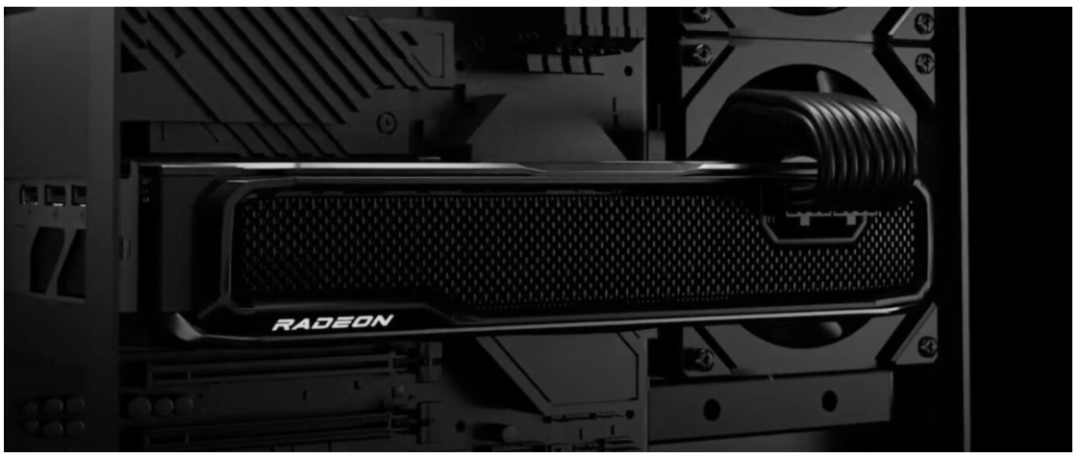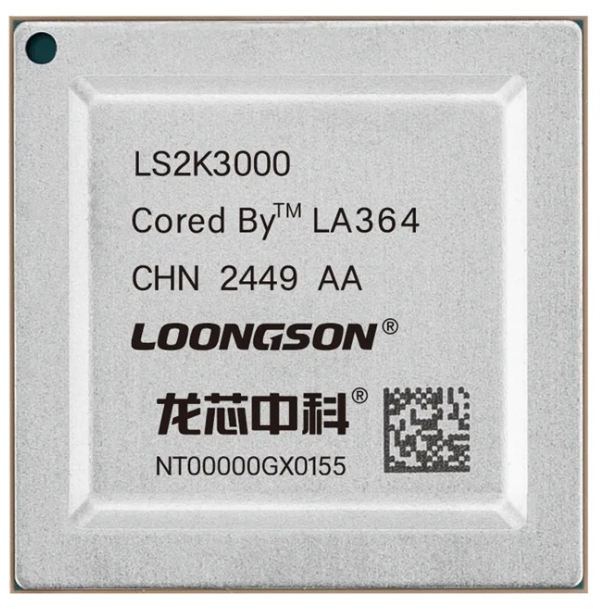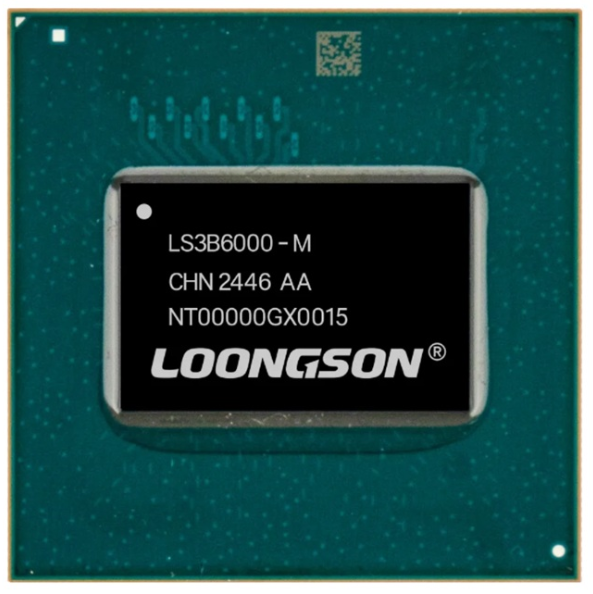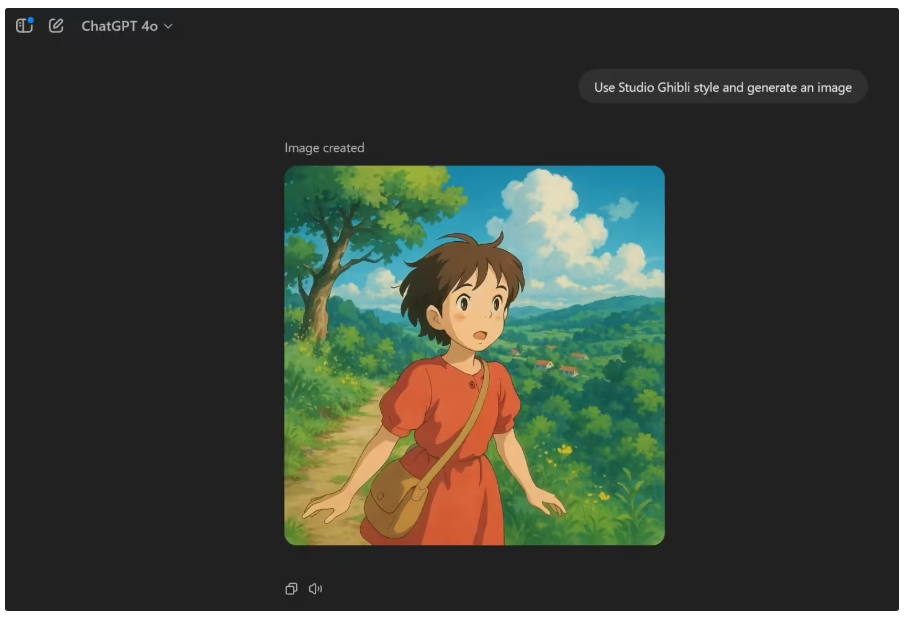Click the blue text to follow us
1
AMD May Launch Radeon RX 9070 GRE Graphics Card: Equipped with 12GB VRAM, Already in Production Stage
In early March this year, AMD launched the new generation RDNA 4 architecture Radeon RX 9070 series graphics cards. The next batch of products should theoretically be the Radeon RX 9060 XT in the second quarter. However, the RX 9060 XT uses the Navi 44 GPU with a 128-bit memory interface, which can only produce versions with 8GB or 16GB of VRAM. This creates a significant performance gap between the RX 9070 and RX 9060 XT. Therefore, there are reports that AMD may launch the Radeon RX 9070 GRE graphics card equipped with 12GB of VRAM for the domestic market.

According to benchlife, the Radeon RX 9070 GRE 12GB is already in the planning stage with AIB partners and is set to enter production soon, so we will soon see related graphics cards launched in the domestic market.
Currently, both the RX 9070 XT and RX 9070 use a 256-bit memory interface and 16GB GDDR6 VRAM, while the RX 9070 GRE will have a reduced memory interface of 192 bits, as indicated by its 12GB VRAM capacity. If the memory speed remains at 20Gbps, the bandwidth will drop to 480GB/s, a reduction of one-quarter. Additionally, the number of stream processors will certainly be fewer than the 3584 in the RX 9070.
AMD will develop different SKUs based on market conditions in different regions. The domestic market often sees such products, for example, AMD did not launch the RX 7600 XT domestically but instead released the RX 6750 GRE series, along with the recently launched RX 7650 GRE. The RX 9070 GRE is likely to replace the RX 9060 XT 16GB in the domestic market, as having 16GB on a 128-bit card is not very necessary.
Moreover, AMD’s definition of GRE has changed from the initial “Golden Rabbit Edition” to “Great Radeon Edition,” so these GRE graphics cards may not be limited to the domestic market. Previously, the Radeon RX 7900 GRE was sold abroad.
2
Loongson 2K3000 (3B6000M) Tape-Out Successful, Integrating 8 Processor Cores and GPGPU Core LG200
Loongson Technology announced that the Loongson 2K3000 (3B6000M) has recently completed preliminary functionality and performance assessments, with all indicators meeting expectations. The Loongson 2K3000 and Loongson 3B6000M are different packaging versions based on the same silicon chip, targeting industrial control applications and mobile terminal fields, respectively.

The Loongson 2K3000 and Loongson 3B6000M integrate 8 LA364E processor cores, achieving a measured SPEC CPU 2006 Base single-core fixed-point score of 30 at a frequency of 2.5GHz. The chip also integrates the second-generation self-developed GPGPU core LG200, which significantly improves graphics performance compared to the previous generation LG100. Additionally, LG200 supports general computing acceleration and AI acceleration, with a peak single-precision floating-point performance of 256GFLOPS and an 8-bit fixed-point peak performance of 8TOPS.
The chip integrates a dedicated hardware codec module, supporting various mainstream video formats, and can achieve three display interface outputs of eDP/DP/HDMI, reaching 4K@60Hz. It also integrates a secure and trusted module, providing secure and trusted support and cryptographic services. In addition to the SM2/3/4 hardware algorithm modules, it has implemented a reconfigurable cryptographic module for software programming use. It offers a rich set of IO expansion interfaces, including PCIe 3.0, USB3.0/USB2.0, SATA3.0, GMAC, eMMC, SDIO, SPI, LPC, RapidIO, and CAN-FD, meeting the application needs of different fields.

Loongson Technology stated that with the successful tape-out of the Loongson 2K3000/3B6000M, the Loongson general-purpose CPU has formed a complete series of products for desktop, server, and terminal applications, providing high-performance and cost-effective CPU chip products for different fields.
3
As Ghibli-Style AI Images Go Viral, Reports Indicate OpenAI is Testing Watermarks for GPT-4o Image Generation Model
According to foreign media Bleeping Computer, OpenAI is testing a new feature: adding watermarks to images generated by the GPT-4o model.
Recently, ChatGPT has frequently made headlines, largely due to this image generation model. It can not only accurately generate images with text but also create highly realistic visual works, including imitating the artistic styles of well-known Japanese animation companies such as “Studio Ghibli.”

The ImageGen model was initially only available to ChatGPT Plus users but is now fully accessible to all users. AI researcher Tibor Blaho discovered that OpenAI seems to be testing the “ImageGen” watermark for images generated by free users.
Sources also indicate that OpenAI has indeed begun to experiment with adding watermarks to images generated by free accounts. Only subscribers of ChatGPT Plus can save images without watermarks.
It is understood that OpenAI previously stated in its blog that the training data for this model includes a vast amount of images and text, thus not only achieving good aesthetic effects but also possessing widespread practicality.
OpenAI pointed out: “Through extensive joint training of online images and text, we have learned not only the relationship between images and language but also the logical connections between images. Combined with powerful post-training, this model exhibits stunning visual expressiveness, generating images that are not only practical and coherent but also possess good contextual understanding.“
OpenAI also confirmed that it is developing the ImageGen API, which will allow developers to build their own application products.